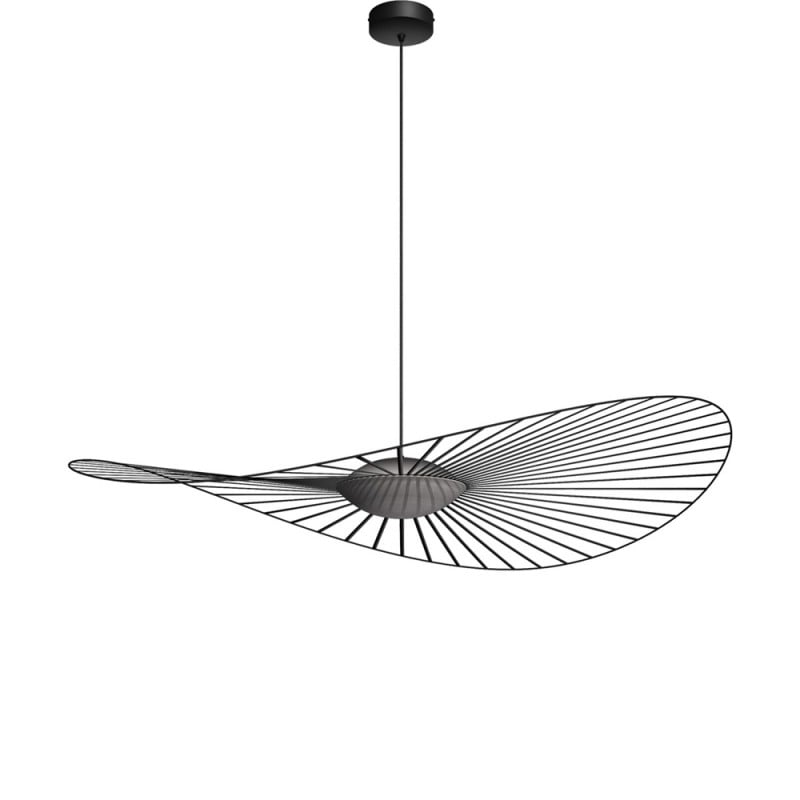Vertigo Pendant Petite Friture
13.10.2021
1435
Vertigo is the sensation of spinning or turning and feeling dizzy or lightheaded. It is a common symptom of inner-ear problems, such as Meniere's disease, vestibular neuritis, Ménière's disease, benign paroxysmal positional vertigo (BPPV), labyrinthitis and otosclerosis.
Vertigo pendant petite friture is a design that helps to prevent vertigo. This necklace has been designed by French designer Jean-Louis Dumas who wanted to create something that would help people with vertigo prevent the symptoms.
Introduction: The article discusses about the design of a necklace which helps in preventing the symptoms of vertigo.
Share
Related posts
09
8월
2022
Don't miss the Vertigo pendant lamp replica at a good price!
The Vertigo pendant lamp replica is suitable for creating a visual center in these areas like...
01
6월
2022
Want to buy an economical petite friture vertigo replica?
Want to buy an economical petite friture vertigo replica? The vertigo suspension lamp by...
01
6월
2022
Render an art environment with Vertigo pendant light replica!
The Nordic Vertigo pendant light replica is made of fabric and polyurethane. The special material...
17
10월
2021
Flos 2097/18 Sarfatti
Artificial intelligence is the future of content generation and writing. AI writers are a step in...
17
10월
2021
Flos 2097/30 Messinki
Messinki is a Finnish word which means “messenger”. It's used to describe a person who delivers...
17
10월
2021
Flos 2097/30 Hinta
The flos 2097/30 hinta is a Finnish-language version of the floss, a Finnish word for thread. It...
17
10월
2021
Flos 2097 Lamp
The flos 2097 lamp is a product that is made of a glass bulb, a filament, and an LED. The glass...
17
10월
2021
Flos 2097 Prezzo
The flos 2097 prezzo is a new type of wine that has been created by the French winemakers.
17
10월
2021
Flos 2097/30 Gebraucht
The flos 2097/30 is a German-made, state of the art, automatic typewriter that was manufactured...
17
10월
2021
2097 Flos Ottone
The flos ottone is a type of star-shaped constellation. It was first described by the astronomer...







0 comment(s)